Into the world of children through Satyajit Ray’s eyes
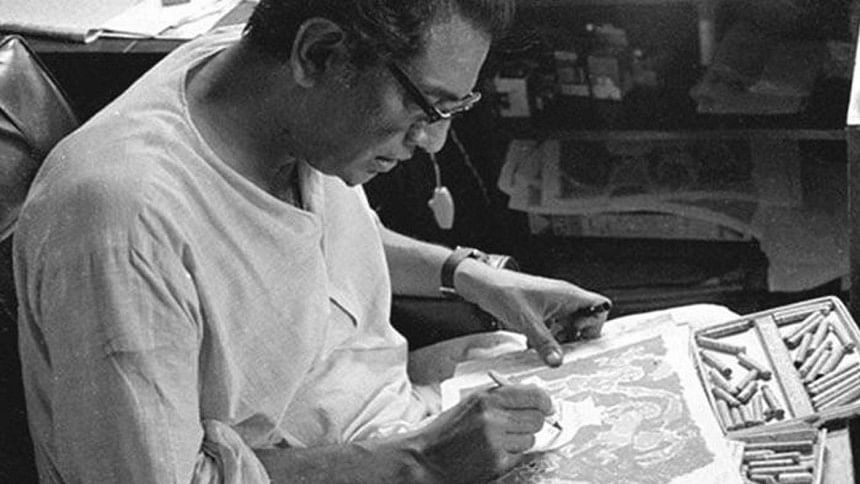
His brilliance lies in the way he portrayed and treated children in his films and stories. Through his films, he successfully captured a child's thoughts and sensitivities, all the while addressing social and political issues.
Based on a short story by Ray's grandfather Upendrakishore Ray Chowdhury, "Goopy Gyne Bagha Byne", was the first fantasy-musical film in Bengali. With this film, Ray introduced children to a fantastical world in 1969. The film tells a powerful story about good and evil, but it is also a light and funny story for children.
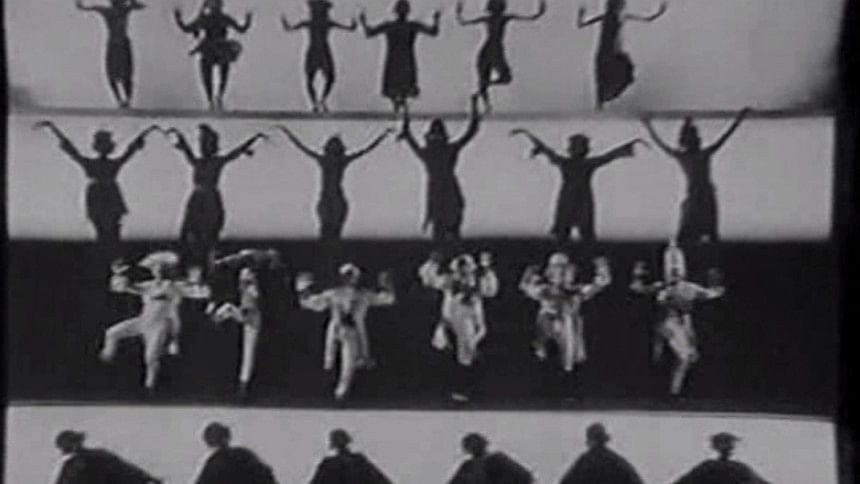

The film's memorable six-minute dance sequence by a group of ghosts, 'Bhooter Nach', made history by using special effects at a time when it was unheard of in Indian cinema. It was shot using a stop-motion effect in combination with a watery reel. As the dance appealed hugely to children, it also represented class dynamics in Bengal.
"Hirak Rajar Deshe", the sequel to "Goopy Gyne Bagha Byne", came out in 1980. It was another hit film filled with coded messages, musical elements, inspirational dialogues and quirky scenes, making it a favourite among both children and adults.
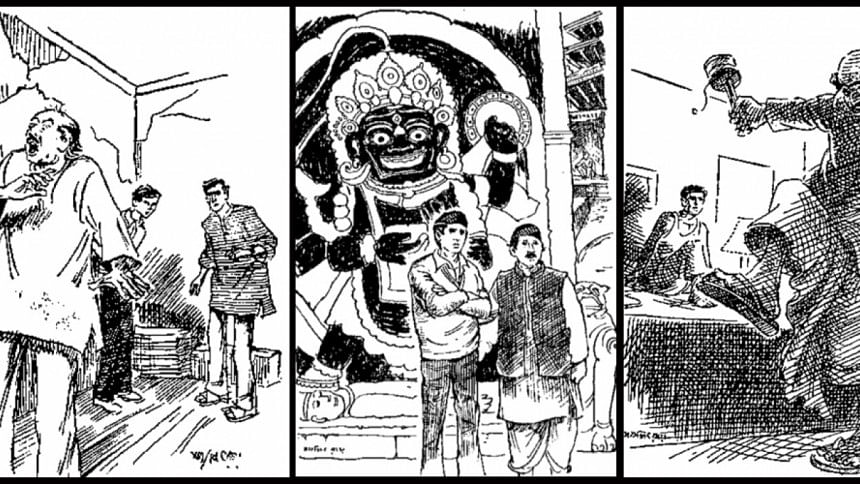
In Ray's less popular short film, "Two", released in 1964, the maestro painted a clear picture of class division in our society, highlighting the disparity between the rich and poor. The 12-minute film with no dialogues only features two children playing with their toys. A poor child's sense of defeat and a rich child's sense of pride was captured perfectly in the film, sending a profound message for viewers.
The portrayal of children in Ray's film captured the simple aspects of a child's life, as well as children's capacity to understand bits and pieces of a grown-up's world. In "Pather Panchali", the playful bond between Apu-Durga, their timeless adventures, and Apu-Durga's iconic train scene, running through a white Kaash flower field portrays ordinary children's lives in rural Bengal.
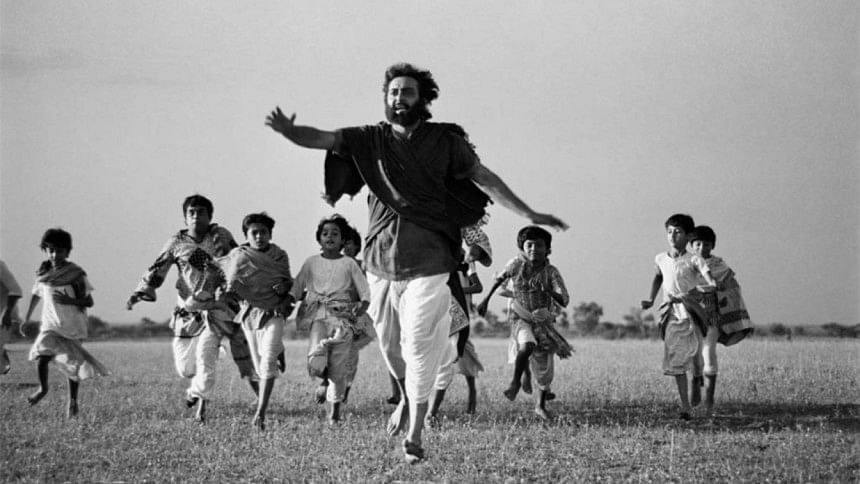
Be it the naive little boy in the short film, "Pikoo", the innocent grandson who asks about what 'Dui Number' money is, in "Shakha Proshakha", the quiet boy in "Agantuk", the aspiring detective 'Captain Spark' in "Joi Baba Felunath" or the enchanting Mukul in "Sonar Kella", children can relate to these characters in Ray's work easily. Ray nurtured each and every character through his powerful imagination and sensibilities.
Inspired by his father Sukumar Ray and grandfather Upendrakishore Ray Chowdhury, Ray explored the world of children through literature as well. He successfully revived "Sandesh", the children's magazine his grandfather founded, and worked as an editor and writer till his death.
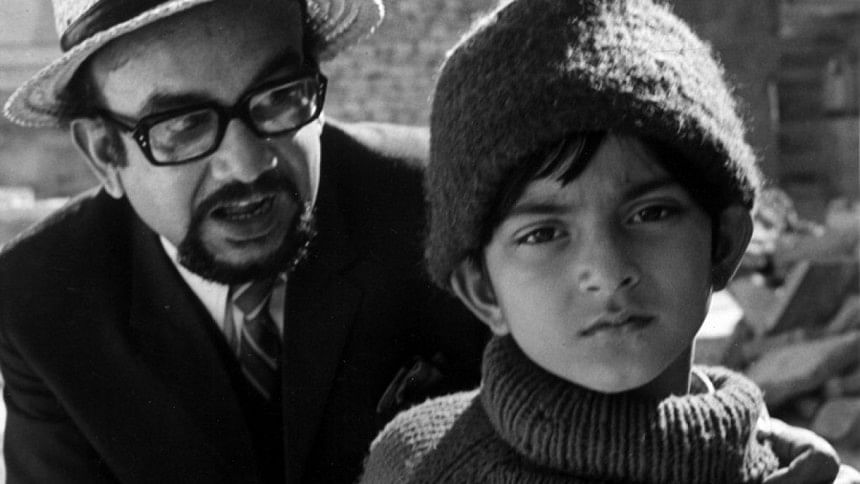
Ray's contribution to children's literature includes 21 novels and 11 short story compilations, most of them translated into many languages across the world. Ray was also a gifted artist and graphic designer, who illustrated several books as "Pagla Dashu" and "Ha-Ja-Ba-Ra-Lo" authored by his father, among many others.
In his writings for children, he followed the belief that children are much more imaginative than older readers. Even with classic adventure stories of the clever detective Feluda, Ray narrates the stories through teenager Topshe, someone children can relate to more than the protagonist Feluda.
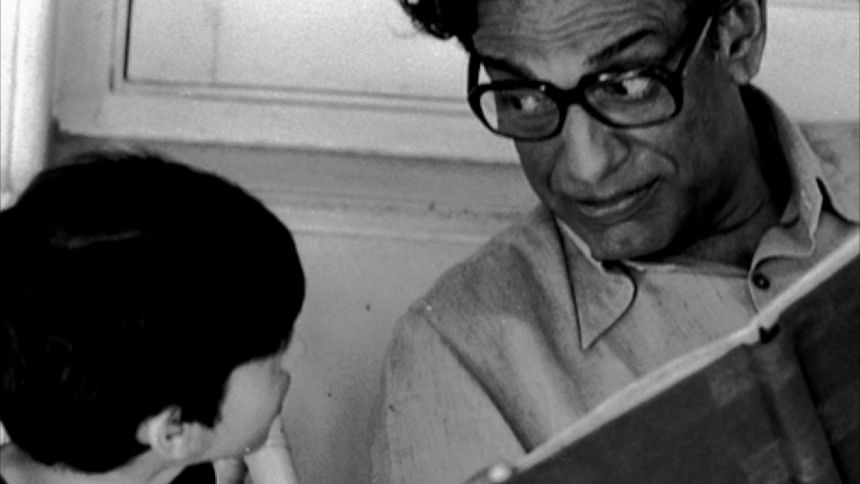
Through Professor Shanku's brilliant science innovations and adventures, Phatik Chand's unconventional love for the circus, Tarini Khuro's never-ending collection of stories, Ray delved deep into children psychology, entertaining and teaching important life lessons to audiences across generations.
Even 29 years after his death, Ray's creations remain relevant and relatable, making him a true legend in the world of films and literature. On the master storyteller's birth centenary, we honour him with his own words -- Maharaja Tomare Selam.

 For all latest news, follow The Daily Star's Google News channel.
For all latest news, follow The Daily Star's Google News channel. 



Comments